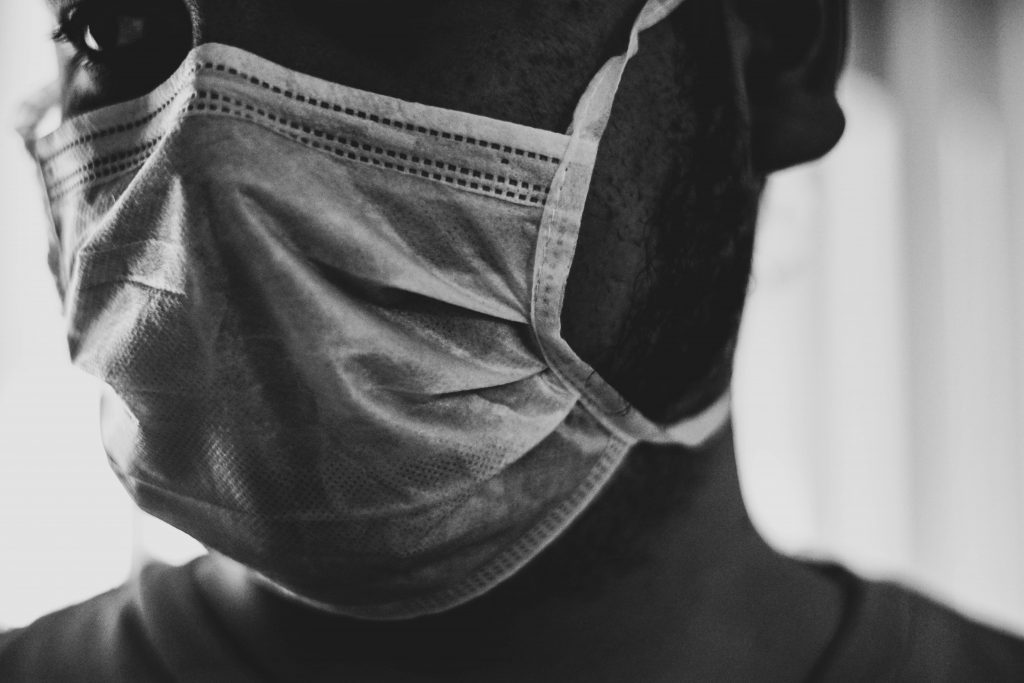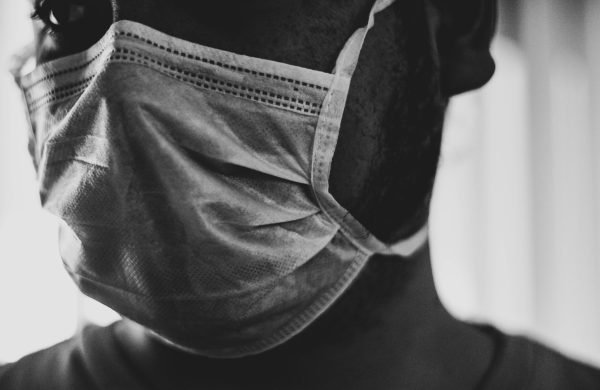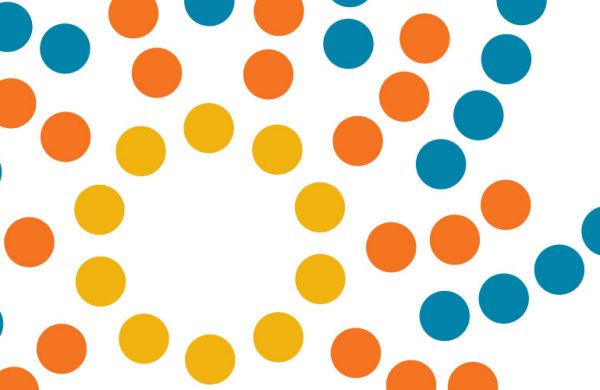
Just a month ago, hardly any states, counties, hospitals, or private labs had released the racial demographics of the people who had been impacted by COVID-19. Now we’ve learned that people of color are dying at hugely disproportionate rates, with the outlook for Blacks especially grim in Detroit, New Orleans, and Milwaukee.
In Chicago, where 30 percent of the city’s population is Black, Black people represented 68 percent of the city’s deaths and more than half of all cases. In early April, two small Native American pueblos in New Mexico had higher infection rates than any U.S. county. Here in California, there’s emerging data showing that young Black and Latinx patients are dying more often than their share of the state population. COVID-19’s disparate impact has been staggering, but not surprising. A high percentage of essential workers are Black, and their continued work keeps all of us healthy but limits their ability to shelter in place. Researchers also point to high rates rate of poverty, higher rates of chronic health issues, and living in cramped quarters as reasons for the disproportionate impact. Through CCI’s cardiovascular disease programming, we’re aware that more than 40 percent of Blacks have high blood pressure — among the highest rates in the world — and hypertension is now associated with severe cases of COVID-19. But while these critical factors have long heightened people of color’s vulnerability to premature death, social scientists and community advocates also point to the persistence of racial discrimination. “Black, Latinx and Native people and others are more likely to be underemployed, live in substandard housing, and to be subject to inferior healthcare because of their race and ethnicity,” says Aida Mariam Davis, CEO and founder of Decolonize Design, an organization that combines design methods with community organizing. “In addition, stereotypes have affected their health care in everything from patient communications and treatments to options for pain management. Add to the mix housing instability, widespread environmental racism in which marginalized and neglected communities are afflicted by polluting industries or located in flood zones; and the criminalization and disproportionate rates of incarceration that Black and Native communities have experienced for generations, and you have a perfect storm.” Discussing the implications for human-centered design and work during COVID-19 and beyond, Davis stresses the opportunity for change. “Marginalized and neglected communities deserve systems that provide high-quality care and justice for past harm,” she says. “As we rethink what it means to design with these communities at the center, we must recognize that focusing on science should include understanding the ubiquitous nature of the root causes of poverty, underlying health conditions, housing insecurity and differential treatment in health care settings. It is racism, for example, has led to health care’s shameful history of using black bodies for experimentation, which doesn’t just live in the past. In addition, the health care system has used many flawed race-blind predictive algorithms that lead to resource allocations, which exacerbate racial disparities.” As we seek to address root causes of both the COVID-19 pandemic and the disproportionate fatalities within communities of color, we need to recognize the uneven playing field. We must identify unequal health impacts and distribute resources according to need. CCI strives for a future free of health inequities. We recognize that improving the health and health care of underserved populations necessitates that we focus on equity in outcomes, as well as access and treatments. Over the years, we’ve forged community partnerships. We’ve hosted workshops that go beyond the common behavioral, cultural, and biological explanations of health disparities to analyze the structural forces behind inequity. Through many of our programs, CCI participants have learned that empathy can actually reduce the risk of bias, provide more equitable care, and increase patient adherence and satisfaction. Later this year, we’ll be continuing this work to help the health care safety net promote healing in their communities. CCI has consulted with Decolonize Design to launch a unique initiative that we’re calling “Amplify Healing Connections.” As in our other programs, we will provide safety net organizations with the space and support to understand the end users’ perspectives so they can design solutions together. We’re developing programming that encourages marginalized communities to design health and wellness for themselves. Through Amplify Healing Connections, we will be bringing together select community-based organizations and the families they serve to solve complex and challenging issues. To learn more about Amplify Healing Connections, contact Jennifer Wright at [email protected].







